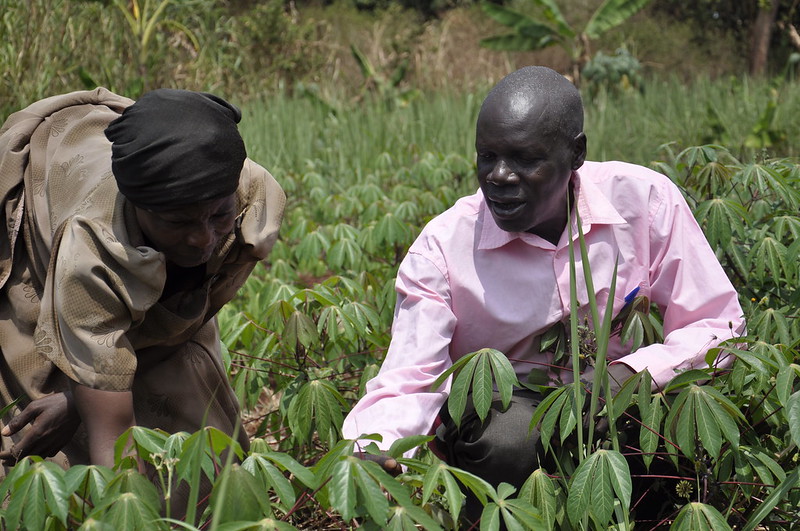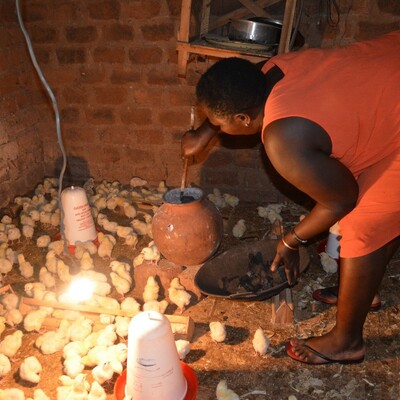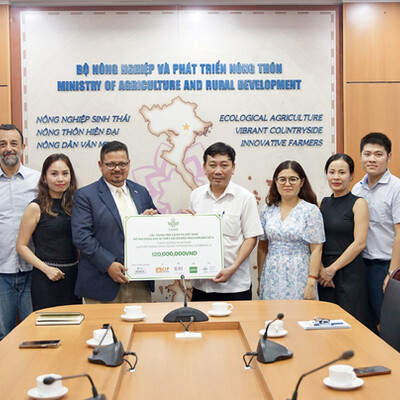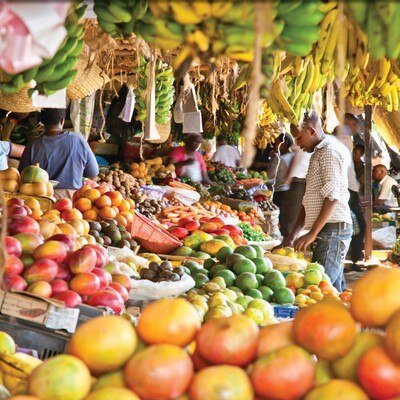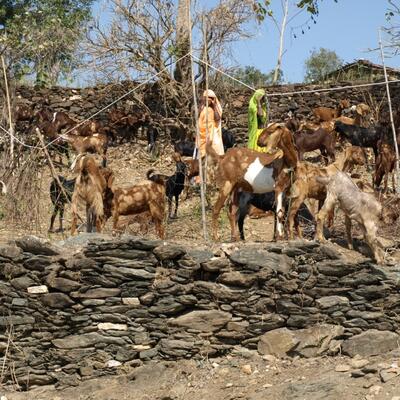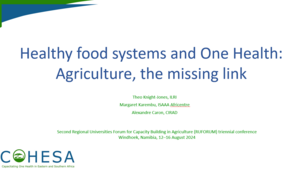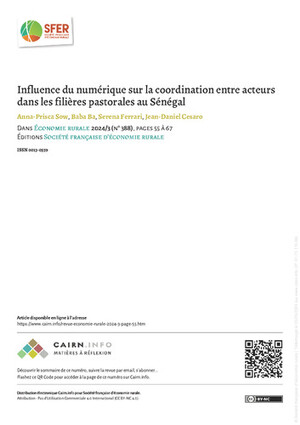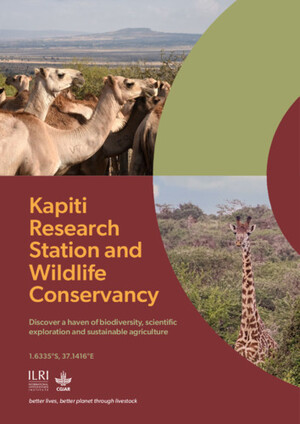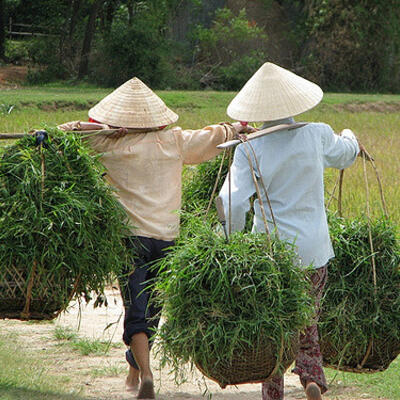
Gender perceptions of resource ownership and their implications for food security among rural livestock owners
How do men and women livestock keepers understand or perceive resource ownership? What implications have these perceptions on food security in smallholder settings? These questions formed the basis of a study in three value chain countries in which the CGIAR Research Program on Livestock and Fish is working.
Resource ownership provides a means of empowerment for smallholder households and productive resources are essential to the livelihoods and food security of the world’s rural poor. Further, gender-equal ownership of resources is considered key to increasing agricultural productivity, equity and food security. For example, this brief notes that ownership of assets increases the bargaining power of women and their authority within the household and the community. However, there has not been much research about local understandings of ownership particularly in the Global South and research is also lacking on how concepts of ownership affect food security at the household level. A study by gender scientists from the International Livestock Research Institute (ILRI) led by Alessandra Galiè, assessed understandings of ‘ownership’ based on gender in the smallholder dairy value chain in Tanzania, the small ruminant value chain in Ethiopia and the dual-purpose cattle value chain in Nicaragua.
Different perceptions of ownership, access and control
 In a newly published article based on the study, it has emerged that even within the small cohort of respondents (138 total: 71 women and 67 men) focused on in this study, seven different domains of ownership were identified. These were:
In a newly published article based on the study, it has emerged that even within the small cohort of respondents (138 total: 71 women and 67 men) focused on in this study, seven different domains of ownership were identified. These were:
- Benefiting from the livestock
- How livestock was sourced
- Decision-making
- Taking care of animals
- Knowledge of resources
- Having full authority over the livestock
- Carrying the responsibility
Because these domains were mentioned by women and men in all countries, no single country- or gender-specific understanding of ownership was found. Different people based on their context and personal circumstances (e.g. age, or physical strength), perceive resource ownership differently. For example, the study found that the term ‘joint ownership‘ meant ‘shared labour tasks’ in Ethiopia, ‘shared legal rights’ in Tanzania, and ‘legal rights of the household head in conjunction with informal rights of other household members’ in Nicaragua.
What needs to be done?
Because local meanings of ownership reveal important and unnoticed aspects of resource allocation the authors recommend that ‘researchers should not assume that their own understanding of ownership coincides with the local understanding or that a community shares a single understanding of ownership’ rather, the study cautions, ‘researchers need to unpack the very concept of ownership and understand its local permutations’. This recommendation is particularly relevant for livestock ownership because the already-ambiguous understandings of ownership are made even more ambiguous by the informal nature of livestock ownership arrangements (as compared to land, for example).
The study shows that, irrespective of the various understandings and systems of ownership, resource arrangements favored men. It also shows that different women and men preferred different arrangements of livestock ownership. These arrangements in turn, had significant implications on intra-household roles, decision-making and ultimately food security. Therefore, the paper concludes, rather than assessing “who owns what resources” (as it is usually done in quantitative and qualitative tools and surveys in particular) that seems to mean little, researchers need to ask more specific questions about resource management and benefit sharing based on the study focus. The paper argues that exploring local meanings of ownership can provide a way of appreciating local and intra-household priorities and preferences related to resource ownership. Such an appreciation can improve projects (such as the CGIAR research program on Livestock and Fish) that aim to enhance intra-household gender equity and food security. Finally, the study argues that leveraging knowledge of these understandings and arrangements is used to foster new social arrangements and gender roles to progress towards gender equity.





